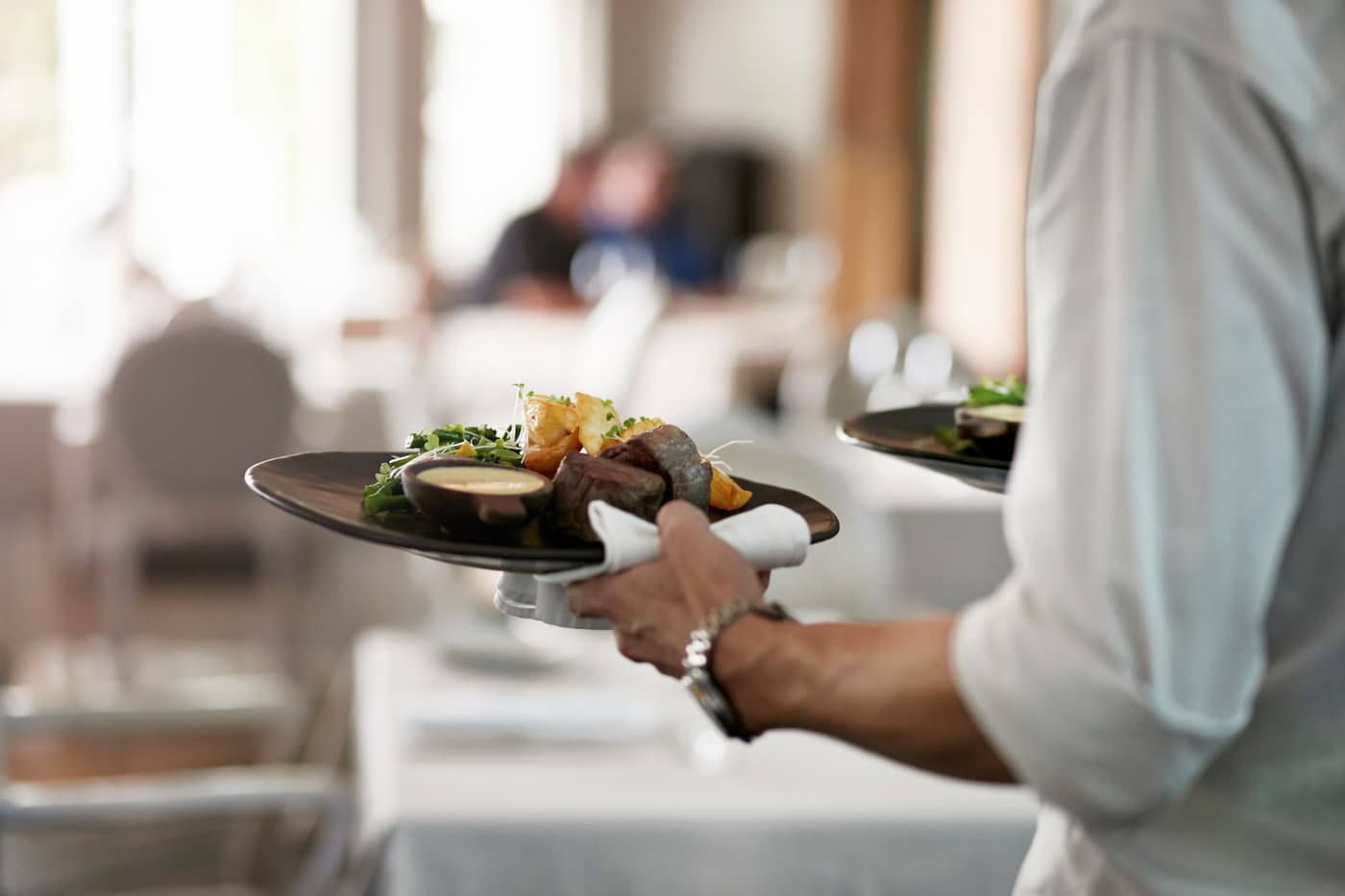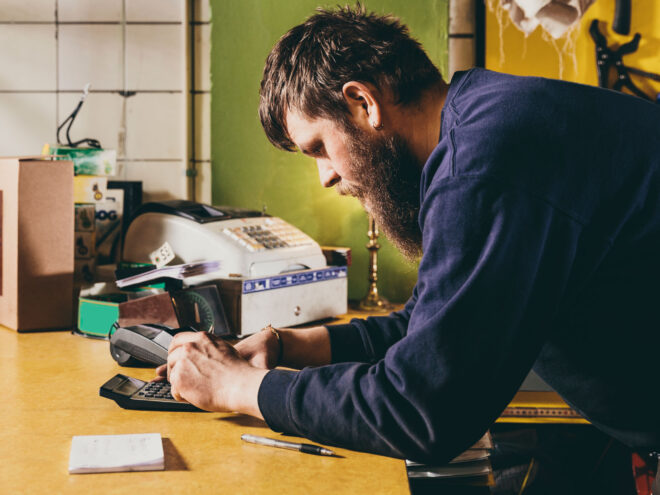When high-profile restaurants announced they were implementing no-tipping policies, they argued tipping is unjust, contributes to huge gaps between front-of-house and back-of-house employees, and makes servers’ earnings unstable. A no-tipping policy can change that by ensuring a stable, fair wage for both front-of-house employees and back-of-house employees, making restaurant staff a more united team. And adding a 20% service charge that’s split between all employees should come out in the wash for customers, leaving their total bills about the same as they would have been if they left a 20% tip.
Except now, post-pandemic, some of those big-name restaurants that started the no-tipping movement have started to switch back. Others have found that their best and most experienced servers are leaving. If tipping is so bad, why would these restaurants switch back, and why would servers leave restaurants that are trying to pay a fair wage?
Tipping may be a relic of an unjust system, but for now, at least, it seems to be here to stay. Here’s a look at the pros and cons of switching to a no-tipping policy:
On the plus side, a no-tipping policy…
1. Eliminates the wage gap between front-of-house and back-of-house.
There’s no question that switching from tipping to a flat service fee that’s shared among all employees will increase the take-home pay of kitchen staff. That will reduce or eliminate the pay gap between front-of-house and back-of-house, and at a time when many restaurants are still struggling to hire and retain kitchen staff, that’s definitely a factor to consider.
2. Creates a team atmosphere.
Tips can create competition between servers. Rightly or wrongly, many servers will believe that certain sections or tables tend to earn them bigger tips, and they’ll complain bitterly about being banished to less-desirable sections. Tip pooling is its own minefield—will the best servers resent sharing their tips with others they feel aren’t pulling their weight? Switching to a no-tipping policy means that the entire staff, including kitchen staff, is all on the same team—everyone is working together to increase total sales to get that service charge up.
3. Reduces tipping confusion for customers.
Especially post-pandemic, many customers are confused and even stressed about when they should be tipping and how much. Switching to a flat service charge takes the decision out of the customer’s hands. They no longer have to do mental math under pressure, and they can feel confident that everyone who’s helped provide their meal has earned a fair wage.
On the minus side, a no-tipping policy…
1. Reduces the earnings of your best-performing servers.
This is why some high-profile big-city restaurants are switching back to tipping: the best servers earn more when they can earn tips. On a single busy night, this could be a difference of hundreds of dollars for a good server. Eliminating tips could mean losing your hardest-working servers to another restaurant where they can earn more.
2. Removes the incentive for individual servers to upsell.
In theory, with a flat service charge, everyone on your staff is incentivized to help upsell every customer into more apps, more drinks, and more desserts. But in practice, when the difference isn’t immediately visible in their tips from each table, servers are less incentivized to push those extra items.
3. Could cause sticker shock for customers.
Especially right now, when inflation is still relatively high, adding a service charge to customers’ bills might get some pushback. Psychologically, there’s a difference between a customer getting a bill for $100 and throwing down an extra $20 as a tip for great service versus simply getting a bill for $120. At a time when you may already have increased prices to account for inflation, what looks like another price hike could be tough for your loyal customers to accept.
No-tipping policies may make sense for some kinds of restaurants, in some circumstances. For example, if your main challenge as a restaurant owner right now is retaining kitchen staff, switching to a flat service charge might be worth considering. No-tipping policies could also be a way for quick-service restaurants or restaurants that do a lot of takeout to reduce tipping confusion for their customers and ensure a stable wage for all staff.
But the bottom line for most sit-down restaurants is experienced servers are used to earning tips. They know that if they hustle, they can earn hundreds of dollars in tips on a good night—and that hustle boosts your bottom line. For most restaurants, at least for now, tipping is probably here to stay.
Learn more about how your restaurant can update your tipping policies and deal with rising labor costs.






